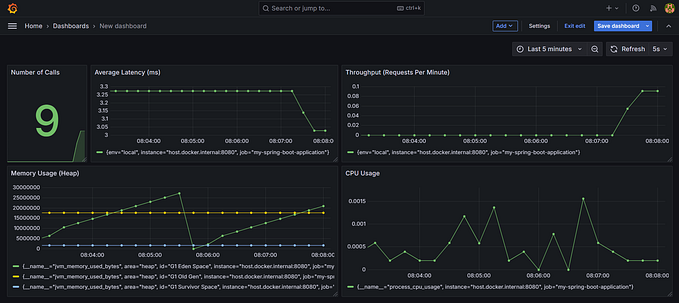Mastering MongoDB’s distinct() Method: A Comprehensive How-To Guide

MongoDB’s distinct() operation is a powerful tool for retrieving unique values from a specified field across a collection. This guide will help you understand what distinct() does, why and when to use it, and how to implement it effectively in your MongoDB queries.
What is distinct()?
The distinct() method returns an array of unique values for a specified field across a collection or a subset of a collection. It eliminates duplicate values, giving you a clear view of the different values present in a particular field.
Why Use distinct()?
- Data Analysis: Quickly understand the range of values in a field.
- Data Cleaning: Identify inconsistencies or unexpected values.
- Reporting: Generate summaries or reports based on unique categories.
- Efficiency: Retrieve unique values without the need for client-side processing.
When to Use distinct()?
Use distinct() when you need to:
- Get a list of all unique categories in your data
- Check for data consistency
- Prepare data for dropdown menus or filter options in your application
- Perform aggregations on unique values
How to Use distinct()
The basic syntax for distinct() is:
db.collection.distinct(field, query, options)field: The field for which to return distinct valuesquery (optional): A query that specifies the documents to searchoptions (optional): Additional options for the operation
Real-Life Example: E-commerce Product Catalog
Imagine you’re managing an e-commerce platform that sells electronics. You have a products collection with fields like category, brand, price, etc. Let's explore how distinct() can be useful in this scenario.
Example 1: List All Unique Product Categories
To get a list of all unique product categories:
db.products.distinct("category")This might return:
["Smartphones", "Laptops", "Tablets", "Smartwatches", "Headphones"]This list could be used to populate a category filter on your website.
Example 2: Find Unique Brands in a Specific Category
To get all the unique brands that offer smartphones:
db.products.distinct("brand", { category: "Smartphones" })Result:
["Apple", "Samsung", "Google", "OnePlus", "Xiaomi"]This information could be used for brand-specific promotions or inventory analysis.
Example 3: Price Points for Premium Products
To find distinct price points for products over $1000:
db.products.distinct("price", { price: { $gt: 1000 } })Result:
[1099, 1299, 1499, 1799, 2099]This data could help in understanding price clustering for premium products.
Best Practices and Considerations
- Index Usage: Ensure the field you’re using with
distinct()is indexed for better performance, especially on large collections. - Memory Limitations: Be cautious when using
distinct()on fields with high cardinality (many unique values) as it can consume significant memory. - Combine with Aggregation: For more complex scenarios, consider using
distinct()within an aggregation pipeline for greater flexibility. - Data Types:
distinct()treats different data types as distinct. For example, the string "5" and the number 5 would be considered different values.
By mastering the distinct() operation, you can efficiently extract unique values from your MongoDB collections, leading to better data insights and more effective application features.
Drop me an email here: nahidul7562@gmail.com
Follow me on: 🙋🏻♂️
Explore my portfolio
Welcome to my professional portfolio website — a curated glimpse into my professional world. Here, you’ll find:
🌟 A collection of standout projects highlighting my expertise
🚀 Insights into my career trajectory and key achievements
💼 A showcase of my diverse skills and competencies
Whether you’re seeking inspiration, exploring collaboration opportunities, or simply curious about my work, I invite you to peruse my portfolio.
Your visit could be the first step towards a valuable professional connection. 🤝 Thank you for your interest — I look forward to the possibilities our interaction might bring. 😊








